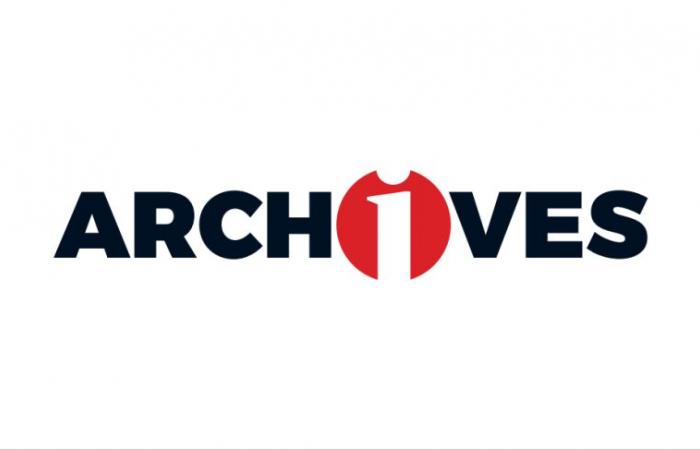The soft drink industry continues to suffer. While the market had been euphoric between 1975 and 1980 with regular sales growth of 20% per year, suddenly it came to a halt, followed by a dizzying decline.
Reference year, peak period: 1980, when some three and a half million hectoliters were produced and sold. The fall that began in 1981 deepened in 1982 to reach 40%. A temporary stability in 1983 had given rise to hope, but the reduction in consumption has become even more pronounced since the beginning of this year. “We won’t even reach two million hectoliters this year,” one of the experts in the profession assured us. Decrease in purchasing power. For a large proportion of consumers, soft drinks constitute a superfluous product, a luxury product. It is certain that they do not constitute a vital element for a household with modest incomes. If there are savings to be made, we will eliminate the purchase of lemonades, sodas and other fruit juices without any real inconvenience.
“The problem for us,” remarks one of the corporation’s industrialists, “is that most of our customers are recruited from the most modest elements of the population. The wealthiest people drink mineral water or are customers of other drinks. Our customers drink lemonade or tap water.
For an average annual consumption per person of 600 liters of liquid, the soft drinks market, as it is structured in Morocco, is extremely sensitive and is considered to be a function of purchasing power, but by amplifying its fluctuations. Thus, when this purchasing power drops by 10%, sales decrease by 20% and the opposite variations are of the same order. When purchasing power increases by 10%, sales increase by 20%.
It was obviously in the countryside that the losses were most significant. The drought and the considerable reduction in income have reduced sales of these drinks to almost zero. Of course, we still drink tea, sometimes milk, but no lemonade.
The manufacturing processes for these drinks are technically comparable and sales follow the same curve for all, with a few exceptions. But behind the top seeds follow a multitude of products and in times of crisis, as is currently the case, the “star products” are less affected, the others, on the other hand, are terribly tested.
Production plants are therefore experiencing real difficulties in making up for operating deficits. The grouping of Coca-Cola and its by-products under the financial supervision of Brasseries du Maroc for the Casablanca region is certainly one of the consequences of this crisis.
The Coca-Cola subsidiaries for the regions of Tangier-Oujda, Fez-Marrakech and Agadir have however retained their autonomy both for production and bottling-plant for the marketing areas.
Companies which had undertaken audacious investment plans by purchasing expensive equipment and banking on constant progress are now in difficulty. Not only are they over-equipped, working at 50 and 60% of their possibilities, but they now have to repay very large bank loans at a time when revenues have fallen considerably. The problem of employment is also posed as a consequence of this recession. Some groups have bloated numbers that they do not dare to reduce for social reasons that are easily understood. Others deflect the difficulty with seasonal staff. The consumption of soft drinks, in fact, is very irregular. It is four times greater in summer than in winter. In the euphoric years of the 1980s, companies called on seasonal staff in the summer to supplement the fixed workforce. These occasional workers were excluded during the off-peak season. Currently, manufacturers are therefore striving to ensure their operations only with permanent staff without resorting to temporary workers either in the hot or cold seasons. “Solutions ? We have none, officials explain. We are keeping our operating costs as low as possible and we are looking forward to better days.”






